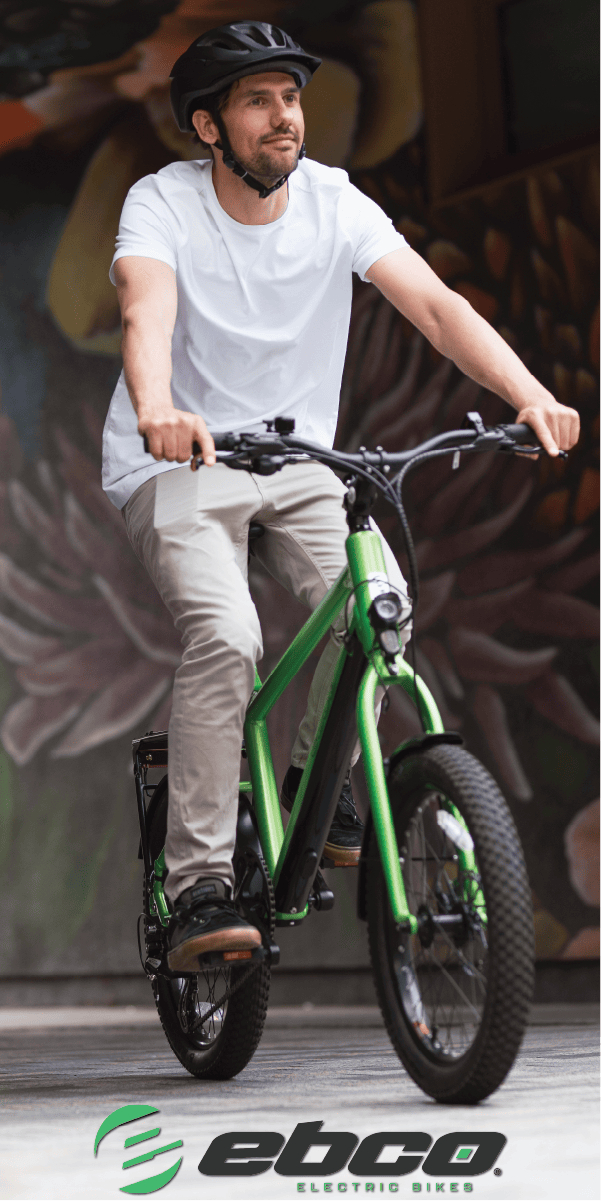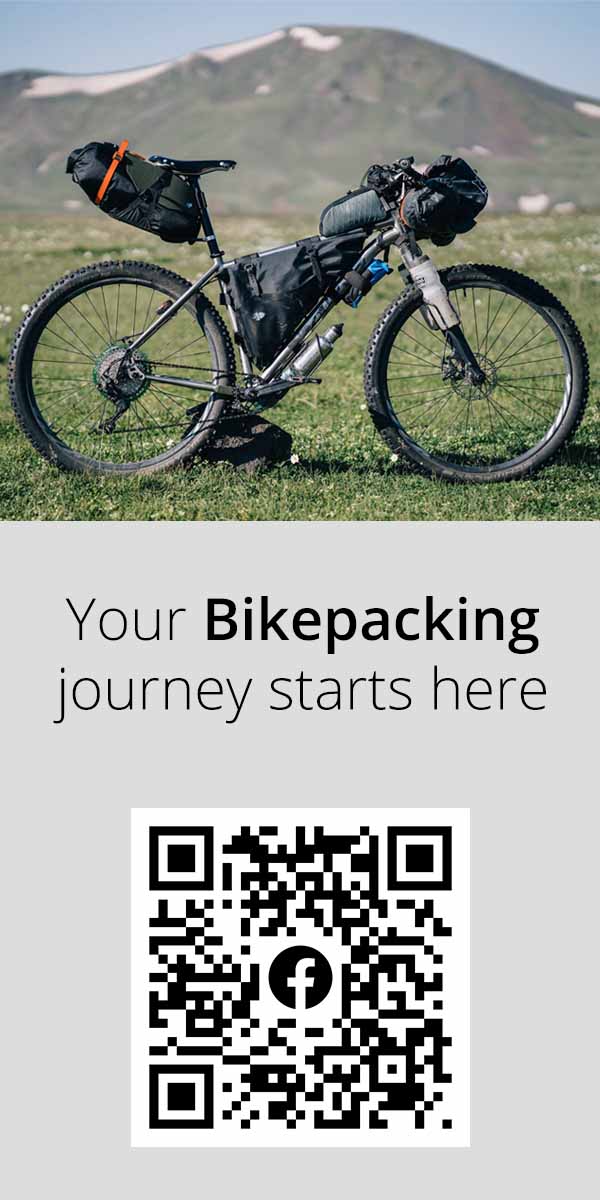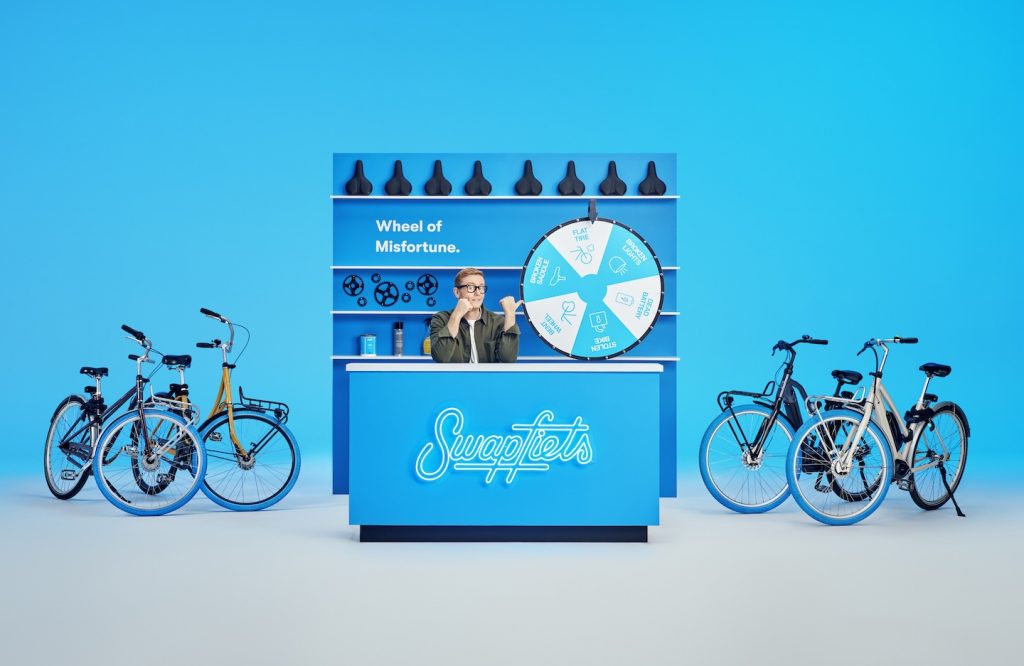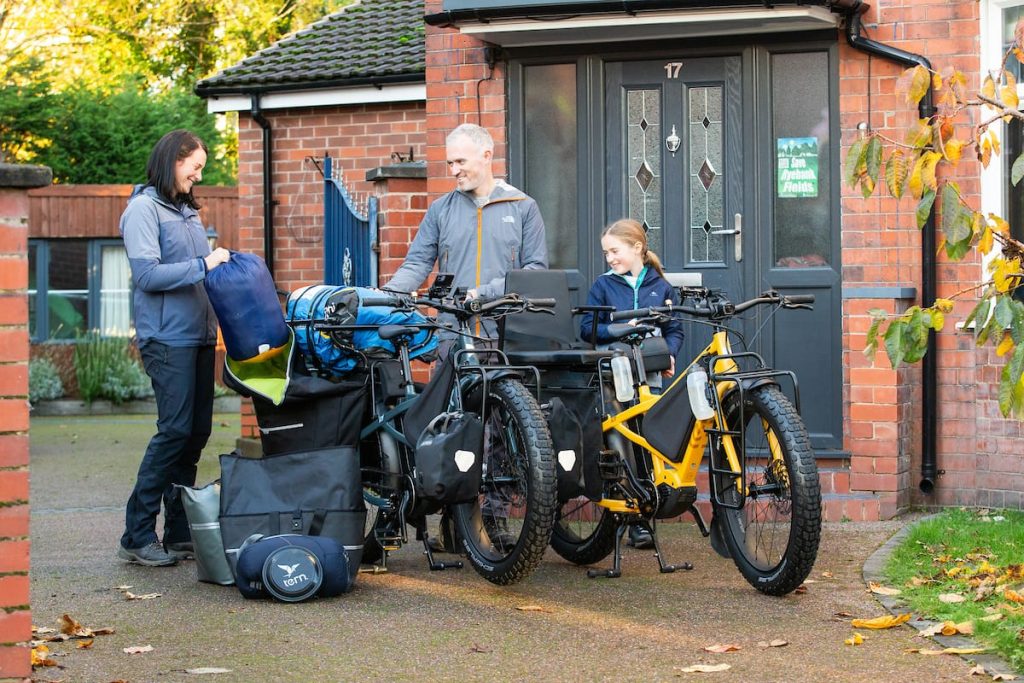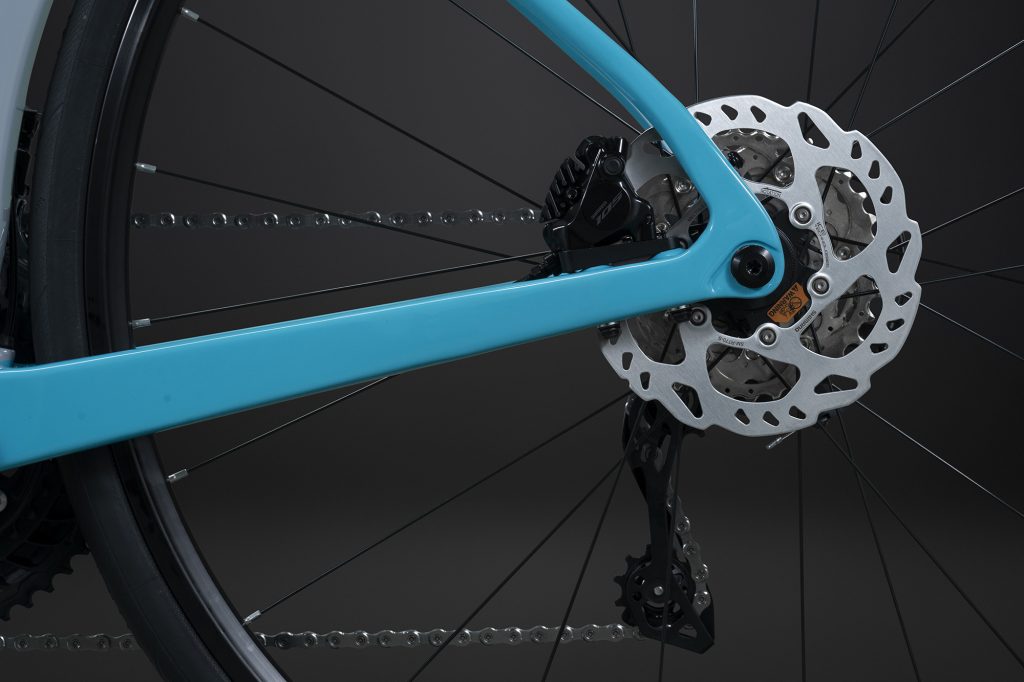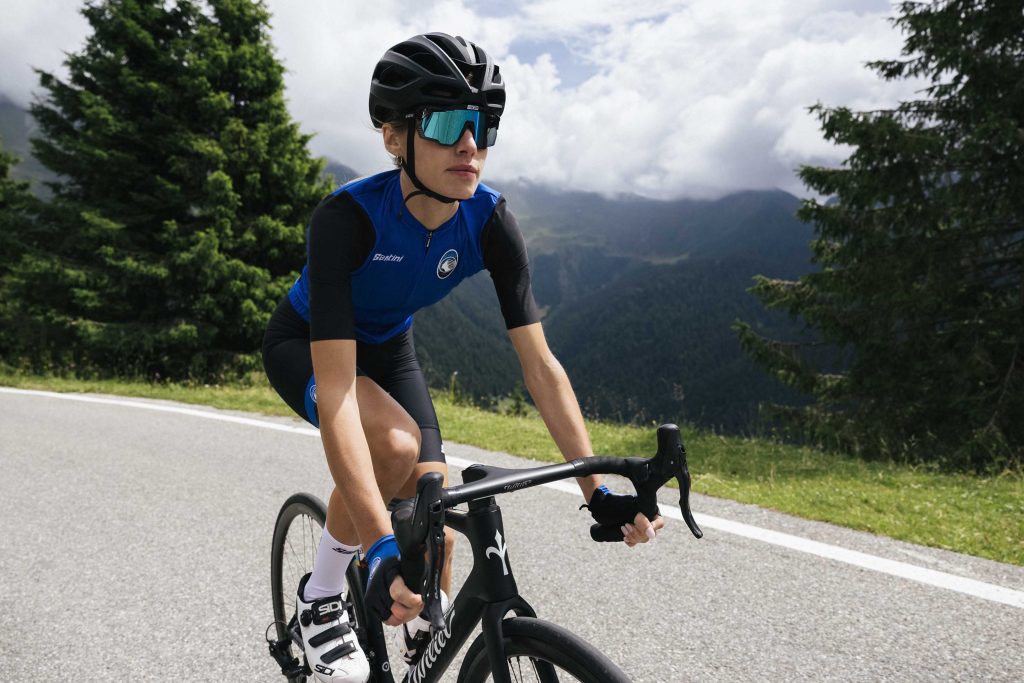The Best Ways to Transport Your Bikes Safely
By Kristen Seymour (Source link)
Cyclists know how to make the most of a road trip — both on four wheels and two. When you bring your bike on a trip, you get to experience sights as you whizz by at 70 miles/hour in the car, but you can also stop to explore nearby roads and trails by bike. Cycling allows you to cover more ground than traveling on foot, but you can take in the atmosphere more fully than traveling in a vehicle.
As enjoyable as it is to pedal on new trails and sightsee at your leisure, transporting bikes for long distances via car can be daunting, especially for occasional or recreational riders. The good news is you don’t have to be a bike aficionado to safely bring your bike on the road. Whether your best bet is to keep the bike inside your car or to use a bike rack, we’ll give you the means to help you take your bike anywhere you wish to go.
Transporting Your Bike Inside Your Car
Keeping your bicycle inside your vehicle is not always feasible but when it is, it’s usually the safest option to protect your bike from road debris and thieves. Spacious SUVs and cars with large trunks or adjustable back seats often have enough room for a bike if you remove the front wheel. In a smaller space, you may have to remove both wheels and even the saddle. (Of course, that’s assuming you only need to transport a single bike and don’t need your back seat or trunk for passengers and luggage!)
If you’re able to travel with your bike inside your vehicle, keep the following tips in mind to ensure a successful trip.
- Grease stains could hurt the resale value of your car. Shift the gears so the chain is on the smallest ring. Wash off mud or manure from your bike and wheels, and place a sheet or tarp in your car to protect the upholstery.
- In most cars and even SUVs, you’ll need to do some disassembly, such as removing the front wheel. Play around with different options. Some cars have plenty of room for you to lay your bike down in the hatchback or trunk, while in others you’ll need to position the bike upright with the back wheel behind the passenger seat and the forks of your front wheel resting on a towel on the backseat. Positioning the left pedal on the seat can provide additional stability, but be sure to place a cloth under the pedal to prevent staining.
- Unless your bike is in your trunk, restrain it using your seatbelts or bungee cords so it doesn’t pose a safety hazard if you’re in an accident.
What to Know Before You Choose (and Use) a Bike Rack
If you can’t fit your bike inside the car, you need a bike rack. With any kind of bike rack, you should keep a few considerations in mind to keep your bike safe.
- Plan travel for times when the weather looks clear. Snow, road salt, and even excessive rain can lead to problems with rust and degradation. It may help to cover your bike with a tarp or garbage bags and duct tape, but even the sturdiest tarp may not endure a long drive at 70 miles an hour in inclement weather.
- Taking a multi-day road trip? Take your bike inside hotel rooms at night to prevent theft. Lock it securely if you need to leave it outside.
- Using a rear-mounted rack? Add a bright flag to make it more obvious to drivers behind you.
Three types are available.
- Roof-mounted racks mount to the top of your vehicle.
- Boot- or trunk-mounted racks mount to the back of your vehicle, usually with straps.
- Tow- or hitch-mounted racks mount to the hitch on your vehicle.
Each type of rack has pros and cons. Before you make a purchase, think about how you plan to use your rack, which will help you choose the right rack for your needs.
- How far — and how frequently — do you anticipate carrying your bike? If you take long or frequent road trips, a tow bar- or hitch-mounted rack may be the best option because these racks offer the most stability and security. If you travel less, one of the other types of racks may be a good fit.
- Will you carry multiple bikes? How heavy are they? Do any of them have special frames or other considerations? All three types of racks can hold multiple bikes. If your bikes are heavy, a tow- or hitch-mounted rack may be your best bet because hitches are designed to carry heavy loads. Check the weight limit on any rack before you purchase it. If you have unique frames or other considerations, discuss your needs with a salesperson to make sure you choose the right rack.
- Do you need a rack that will work on multiple vehicles? If you’re using multiple vehicles, does each have a hitch? Go with a boot- or trunk-mounted rack if one or more of your vehicles lack hitches and you need to transfer your rack from one car to another. These types of racks are the most lightweight and portable. If all of your vehicles have hitches, you may want to go with a tow- or hitch-mounted rack. These racks aren’t as lightweight, but it’s relatively easy to transfer them from one hitch to another.
- Do you want a rack that carries other equipment such as kayaks, skis, stand-up paddle boards, or cargo boxes? Some roof-mounted racks make it easy to carry all types of gear.
Bike Rack Pros and Cons
Answering the questions above may help you narrow down which rack will work best for your needs. If you’re still not sure, consider the pros and cons of each type of rack.
- Roof-Mounted Racks
Most roof-mounted bike racks have feet that attach to the roof of your vehicle as well as crossbars for attaching other accessories, although some options use suction cups. These racks may require you to remove the front wheel on your bike. Removing the front wheel keeps the bike lower and is a sturdier option. But some people prefer racks that don’t require frequent wheel removal even if it sacrifices stability. Generally speaking, experts recommend roof-mounted racks for shorter trips, not long road trips.
- Boot- or Trunk-Mounted Racks
Looking for an option that’s affordable, easy to use, and doesn’t require any permanent or major updates to your vehicle? A trunk-mounted rack may be a good option, but as with all racks, it comes with a few potential concerns.
- Tow Bar- or Hitch-Mounted Rack
Considered by some to combine the best aspects of the roof- and trunk-mounted racks, a hitch-mounted rack is easy to use and offers serious security, but often with a higher price tag. You have a variety of options when it comes to hitch-mounted models, ranging from racks that allow bikes to hang in rubber or plastic cradles to those with a wheel tray that locks bikes in place. As mentioned, many cyclists believe tow bar- and hitch-mounted racks are the best option for long or frequent road trips.
Secrets for Bike Rack Success
Whatever type of rack you choose, be sure to install and use it properly, as even the highest quality option won’t keep your bike safe if it’s not set up correctly. Here are a few suggestions to make sure you’re on the right track before you take your bike on the road.
- Ask the salesperson to show you how to put it on the car. You won’t be the first to make this request, and any salesperson who cares about customers and bikes will be happy to walk you through the process.
- If you attach the rack with straps, hang your body weight on it to make sure the straps are tight enough to carry the bikes.
- Most racks with a cradle will require the use of an adapter to ensure women’s, kids’, and suspension bikes fit correctly. Ask the salesperson if you need additional accessories for the bikes you plan to haul.
Once you’re confident in the installment of your rack, use these methods to keep your bike safe on a bike rack, no matter how long the drive.
- No touching
Your bike shouldn’t touch anything other than the rack, including other bikes. Any added vibration could wear down your bike parts and cause damage or dangerous problems.
- Don’t spin out
Use bungee cords or soft Velcro straps on your tires to keep them from spinning and moving while you drive.
- Clean up
Upon arrival at your destination, wash and lube your bike. Check the tire pressure, especially if the elevation or temperature changed dramatically.
Enjoy the Journey
Next time you’re planning a road trip, don’t be intimidated about taking your bike along for the ride. With the right vehicle/rack combo, you can experience the freedom found on two wheels wherever your travels take you!













